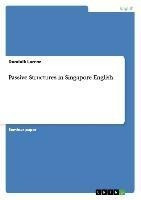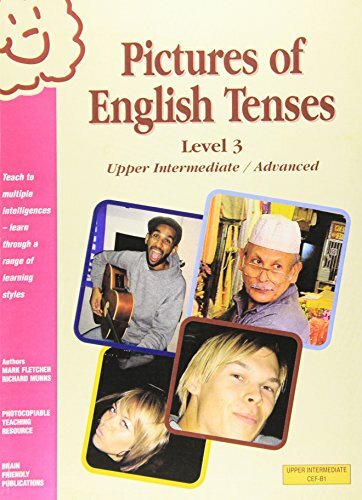
Passive Structures in Singapore English
Kurzinformation
inkl. MwSt. Versandinformationen
Artikel zZt. nicht lieferbar
Artikel zZt. nicht lieferbar

Beschreibung
Seminar paper from the year 2006 in the subject American Studies - Linguistics, grade: 2, University of Freiburg, course: Proseminar I, 12 entries in the bibliography, language: English, abstract: Ho and Platt (1993:1) argue that Singaporean English is a particularly interestingindigenized, or nativized, speech variety because it is so widely used and fills so manyfunctions. I can confirm Ho and Platt's statement, since I was in Singapore in 2004. It was notdifficult to notice Singapore English as a speech variety. This sparked my interest inparticipating in the proseminar 'English in Singapore' and consequently in researching into acertain grammatical phenomenon in Singapore English, namely the passive voice.In this term paper, a short analysis of the two passive structures specific to ColloquialSingapore English (the so-called kena passive and the give passive) will be presented. Furtheron, we the get passive will be examined. We will show that give- and kena-constructions arederived from the languages of Chinese and Malay, respectively. The bigger part of this paperwill be to examine the overall frequencies thereof. Which of the two passive constructionswill be closer in structure to the standard form? A personal analysis will help us to answer thisquestion, always with the hidden desire to finally come up with a reasonable conclusiontowards the end of the paper. We will probably have a winner of the competing substrate formand we will hopefully find out which passive construction is the most productive one inSingapore English.Moreover, we want to compare the frequency of the kena-passive with the getpassive'sfrequency in a corpus-based analysis. Admittedly, the corpus-based study will berelatively restrictive and not quite large in size. In addition, the give-passive will be ignoreddue to its rarity.Further on, we want to compare passive voice in Singapore with the passive inStandard English. To manage this, after having presented the development of Singapore, itsmultilingualism and English as its most common language, we will define some basic terms,which will be used in this term paper. After that, we will explain the corpus and themethodology used. In the end, we will sum up the findings and we will discuss my own study.Perhaps, there are possibilities how to do it better next time or there are other things that couldbe done. von Lorenz, Dominik
Produktdetails

So garantieren wir Dir zu jeder Zeit Premiumqualität.
Über den Autor

- Gebunden
- 459 Seiten
- Erschienen 2018
- De Gruyter Mouton

- Hardcover
- 504 Seiten
- De Gruyter Mouton

- hardcover
- 756 Seiten
- Erschienen 1983
- Longman

- Hardcover
- 132 Seiten
- Erschienen 2000
- De Gruyter

- Hardcover
- 184 Seiten
- Erschienen 1993
- -

- paperback
- 144 Seiten
- Erschienen 2011
- Pearson Education (US)




 bestellen
bestellen


![Discovering Syntax: Clause Structures of English, German and Romance (Studies in Generative Grammar [SGG], 93) Discovering Syntax: Clause Structures of English, German and Romance (Studies in Generative Grammar [SGG], 93)](https://d3k2uuz9r025mk.cloudfront.net/media/image/27/86/14/1727336083_217964707423.jpg)


![Adverbial Clauses in Scots: A Semantic-Syntactic Study (Topics in English Linguistics [TiEL], 27, Band 27) Adverbial Clauses in Scots: A Semantic-Syntactic Study (Topics in English Linguistics [TiEL], 27, Band 27)](https://d3k2uuz9r025mk.cloudfront.net/media/image/f7/a5/7a/1751614106_355383613665.jpg)


























